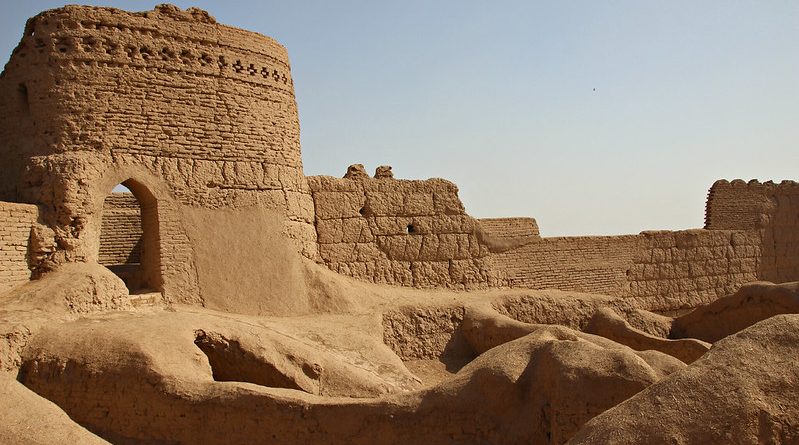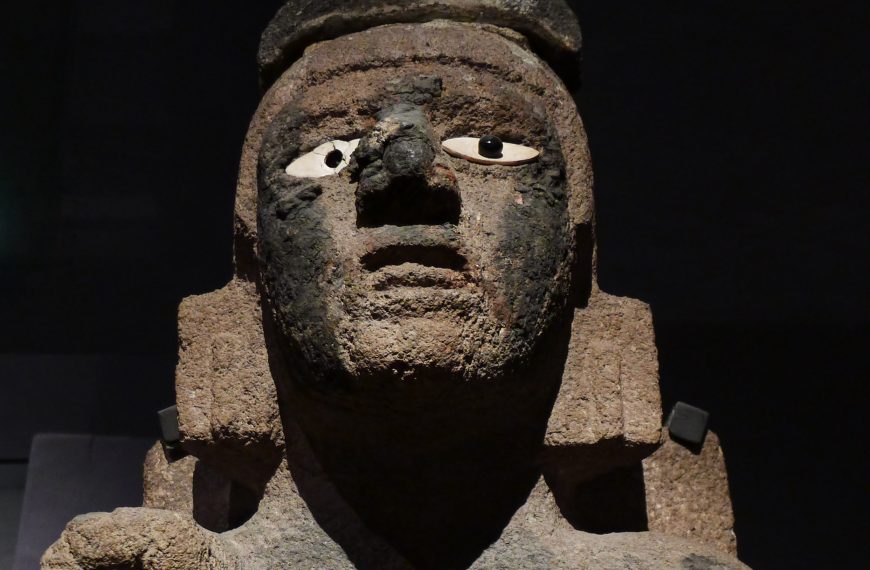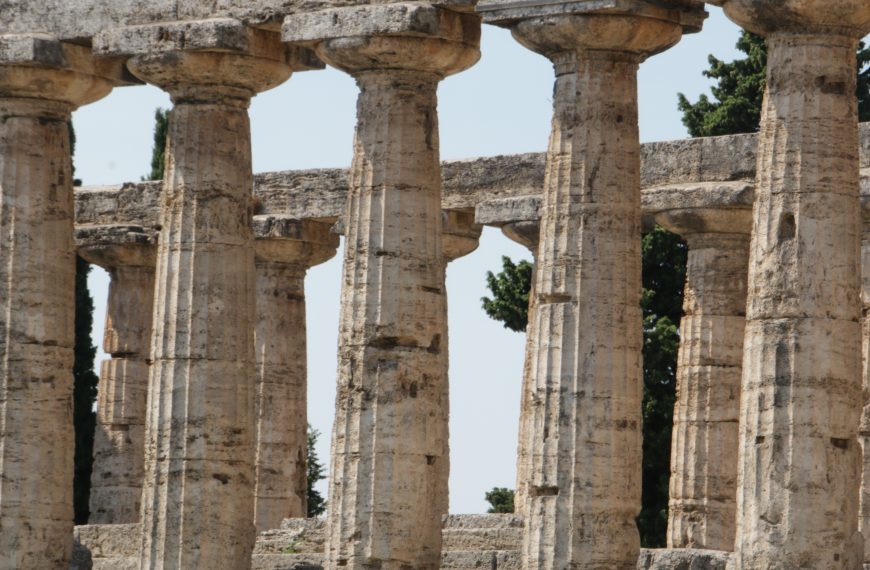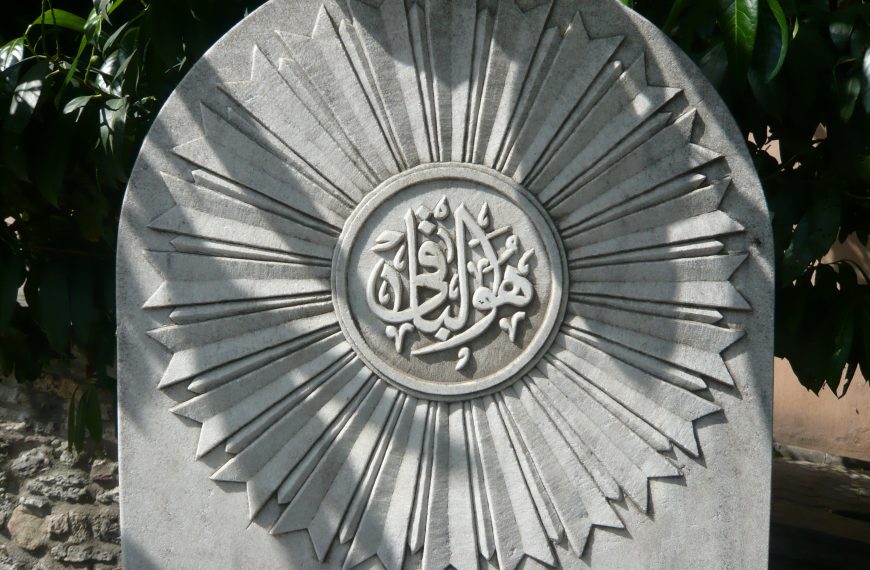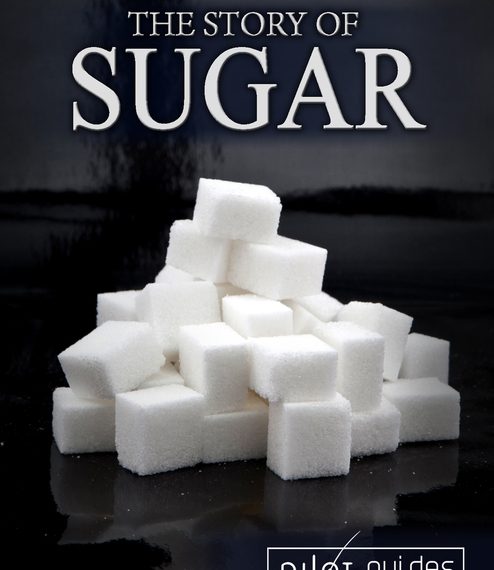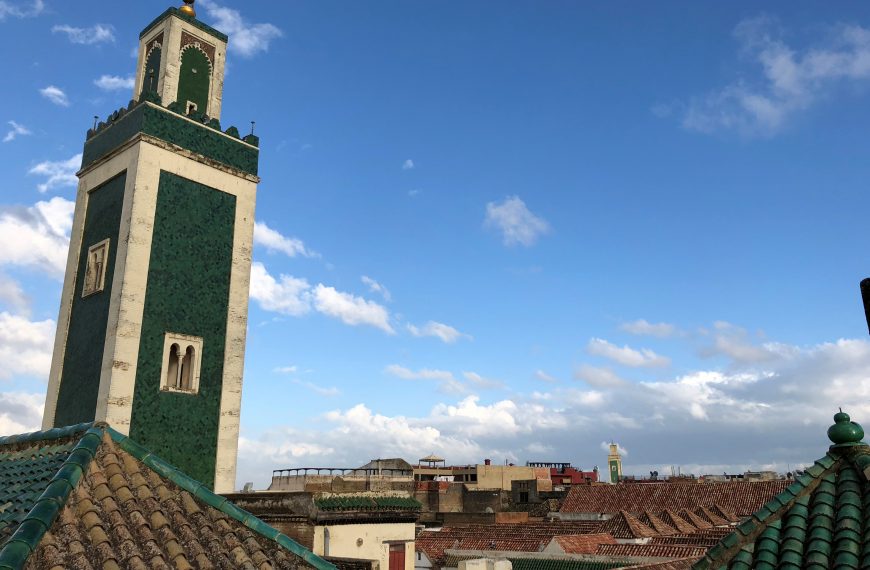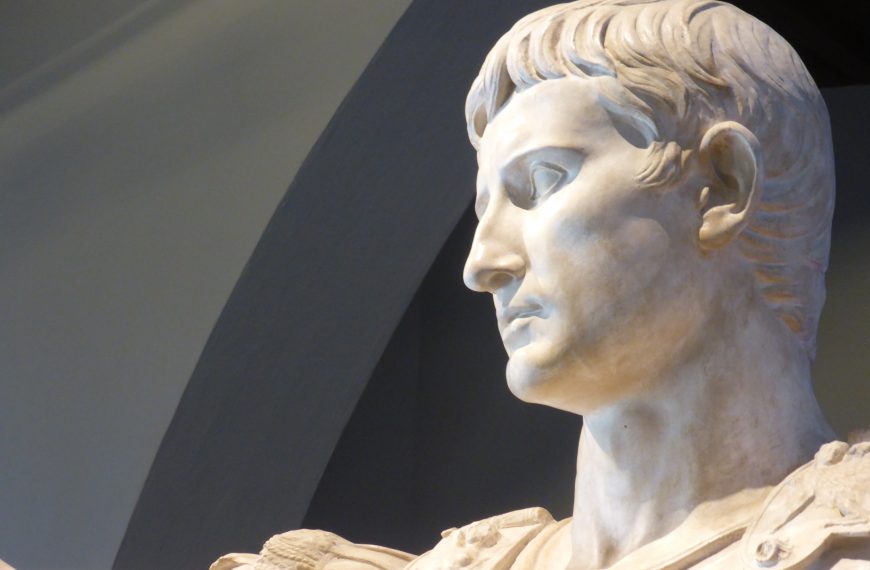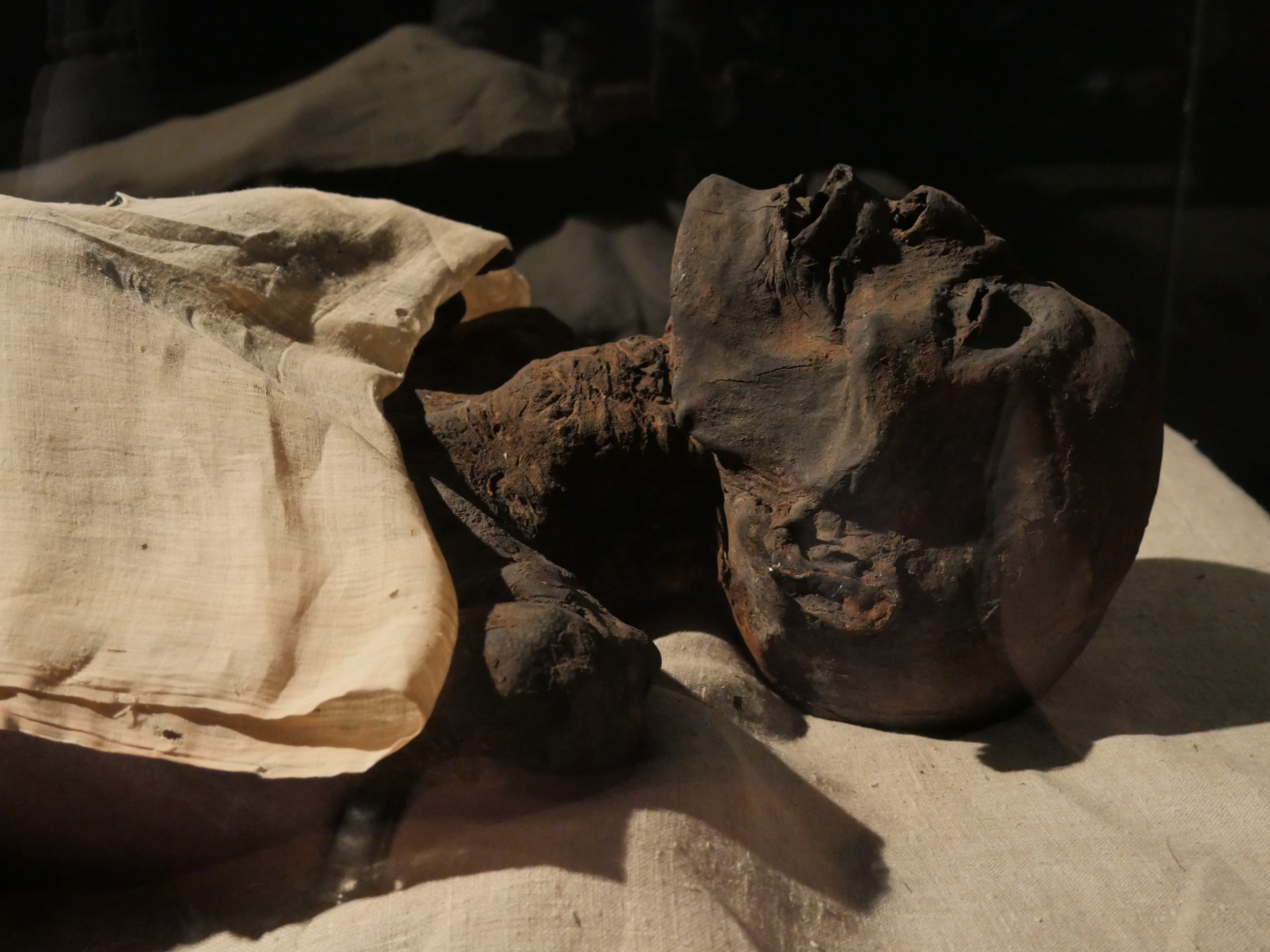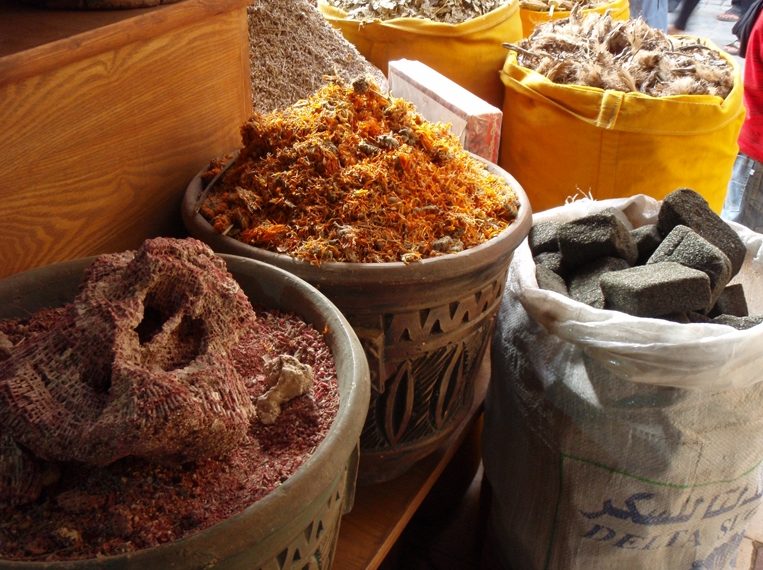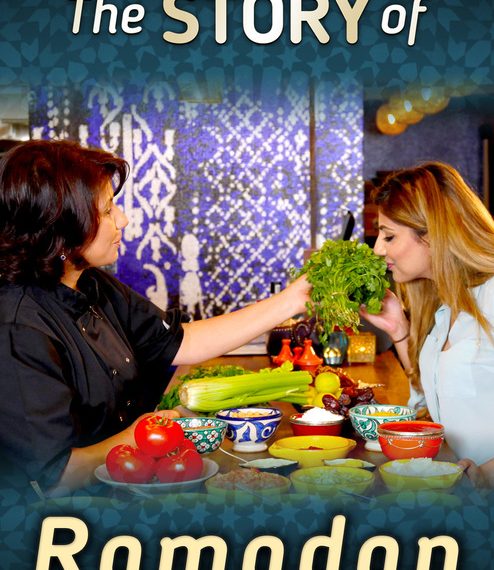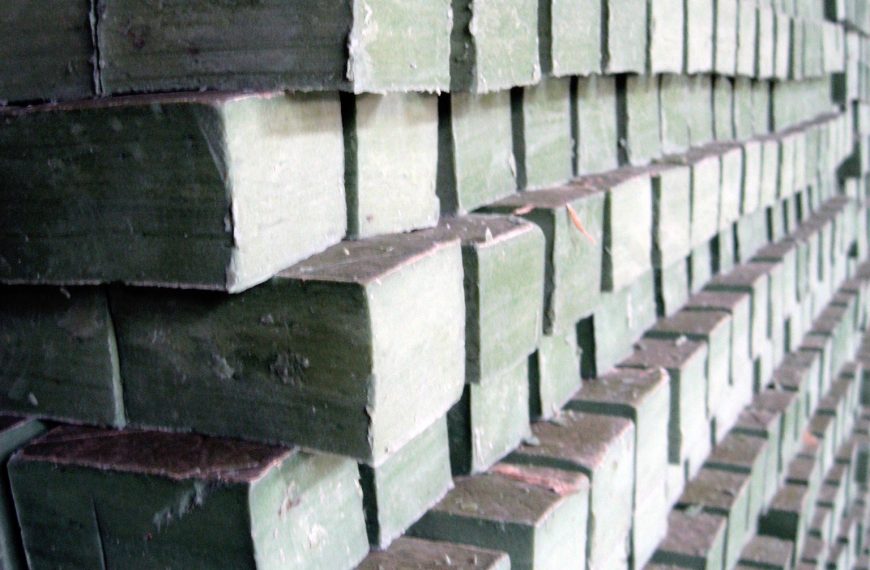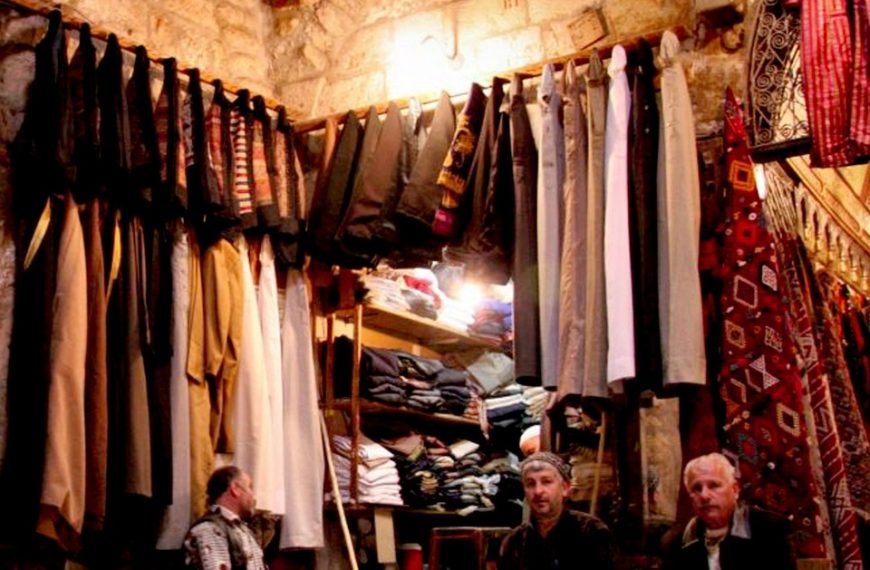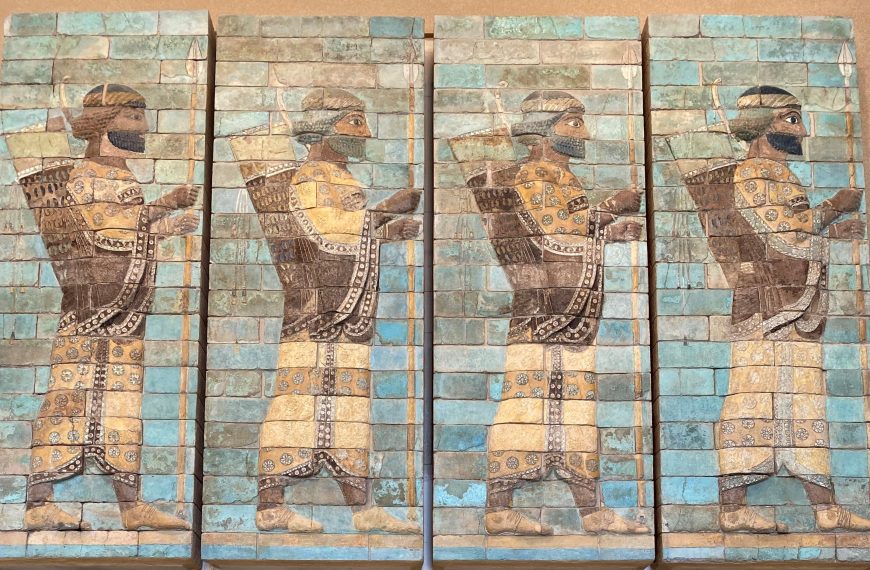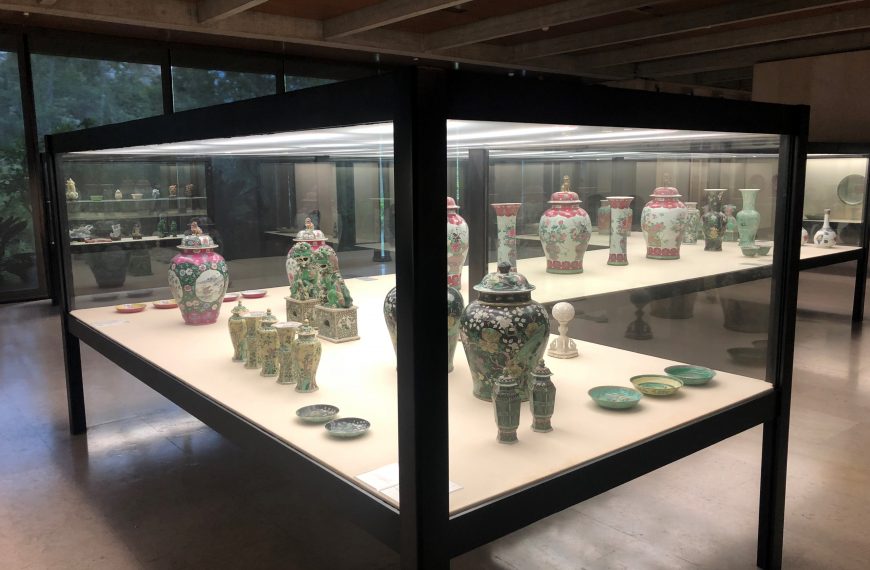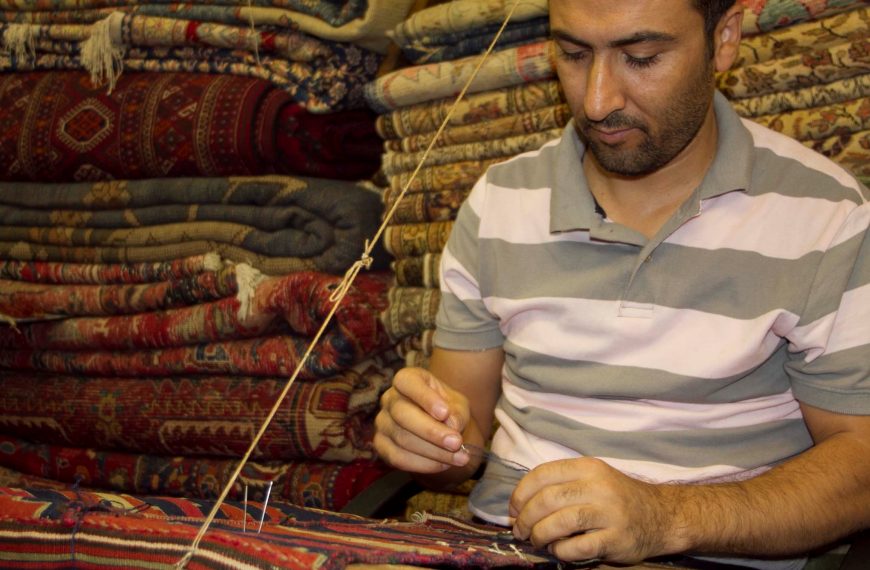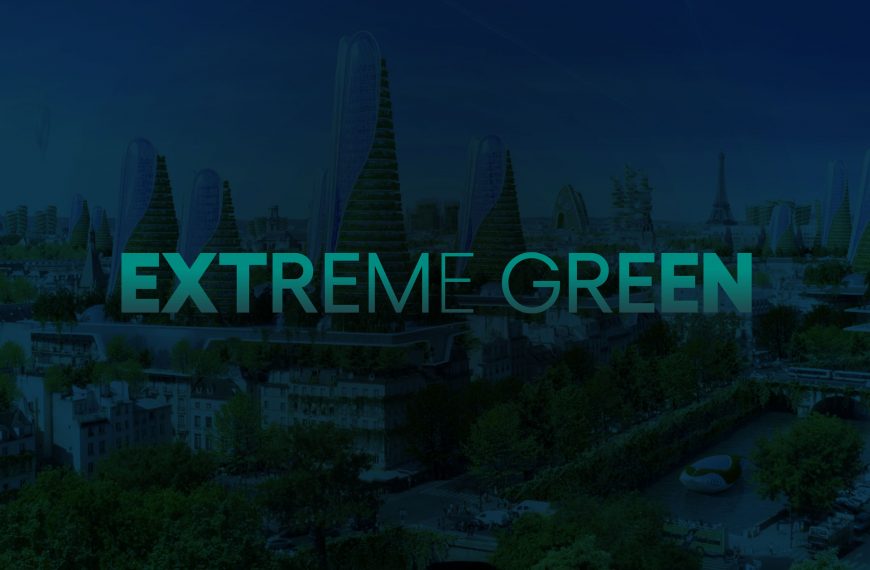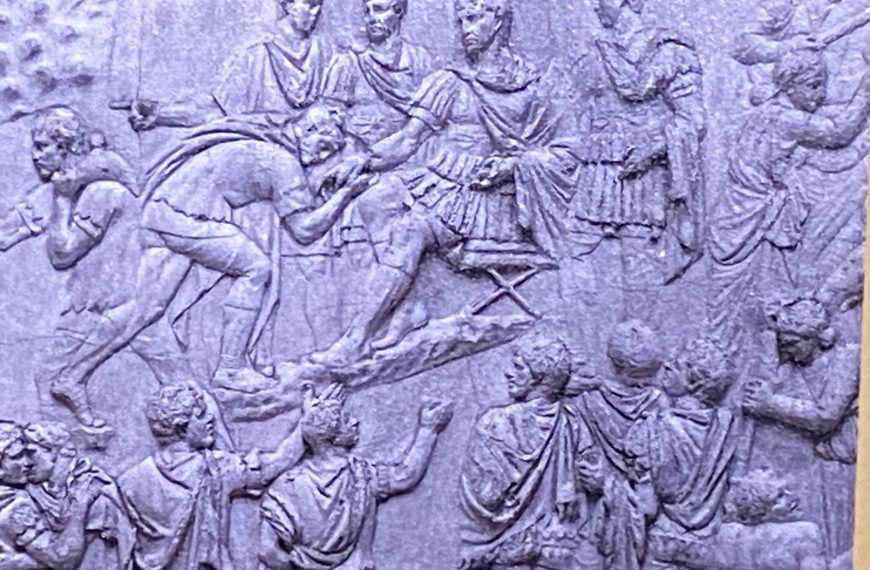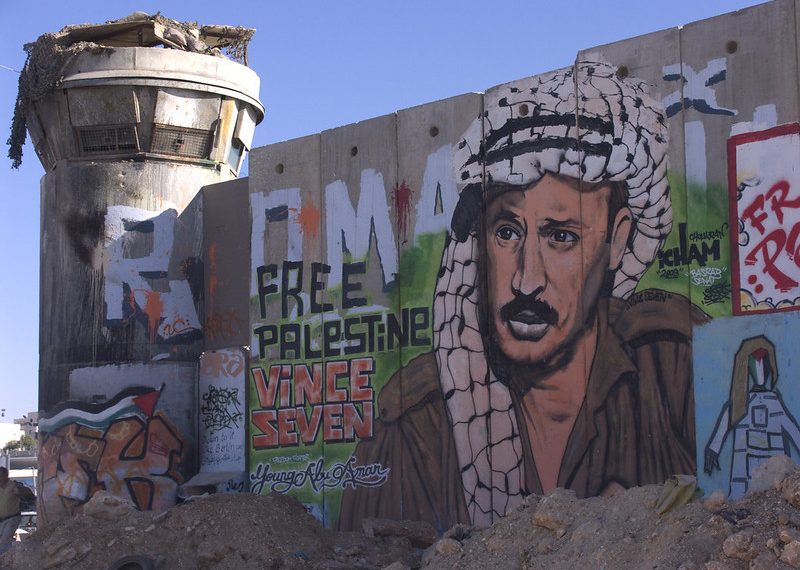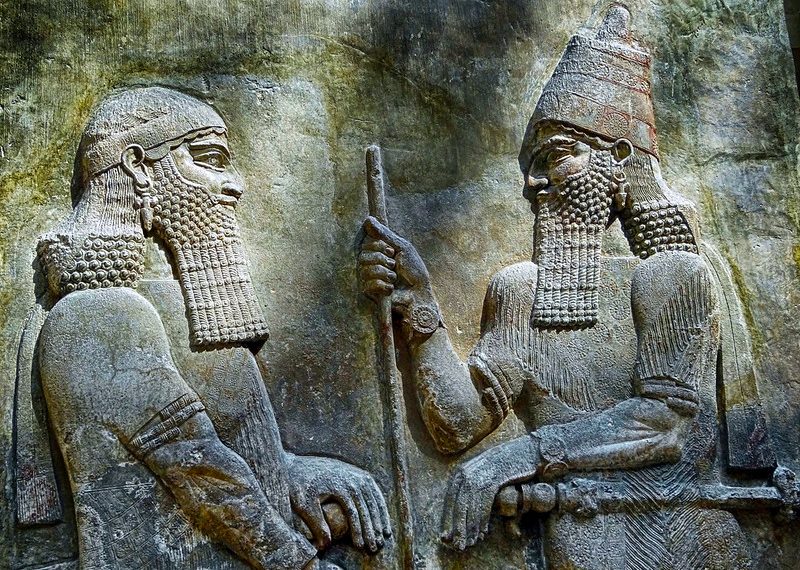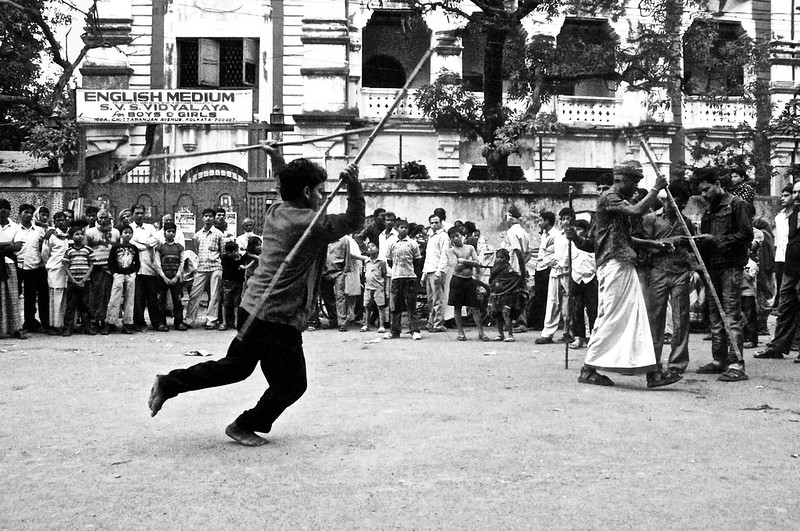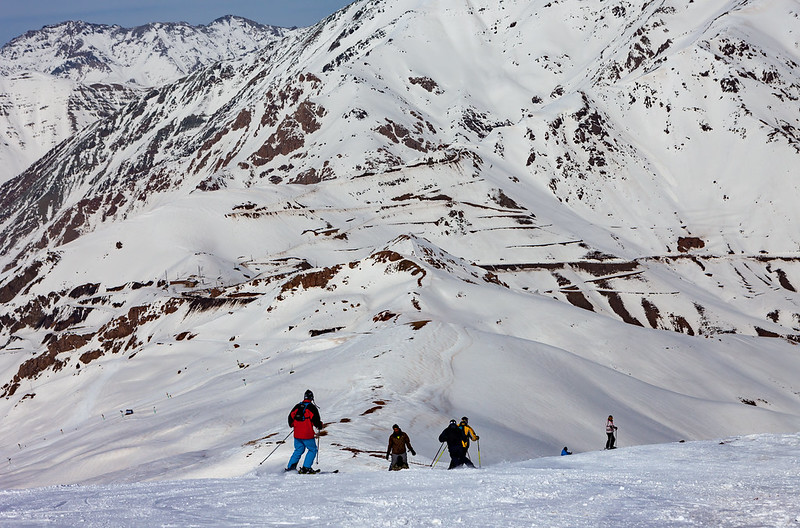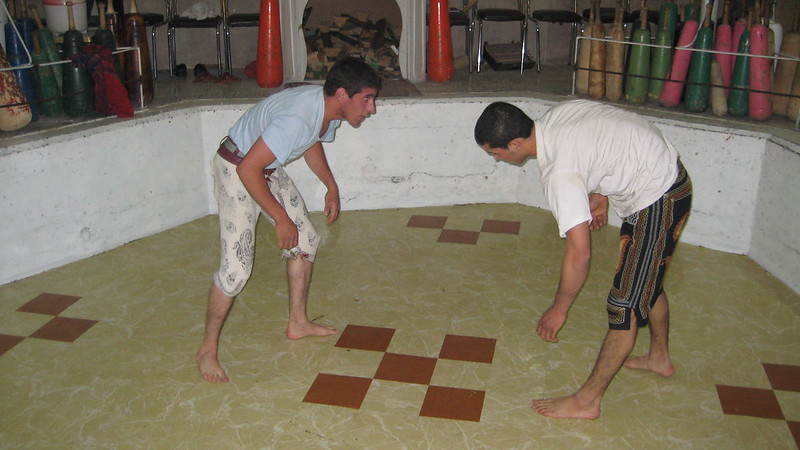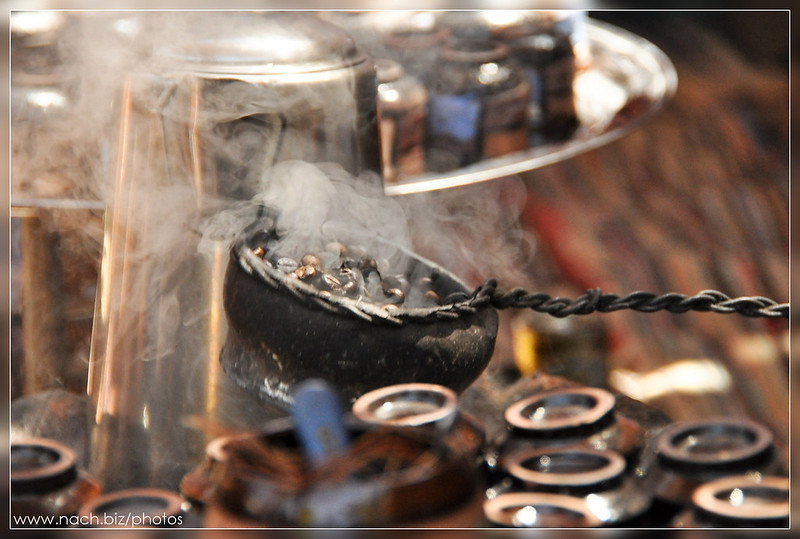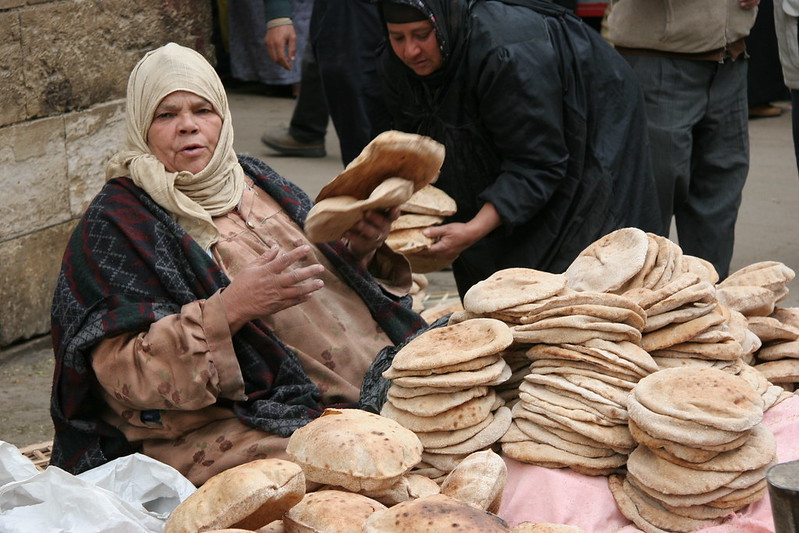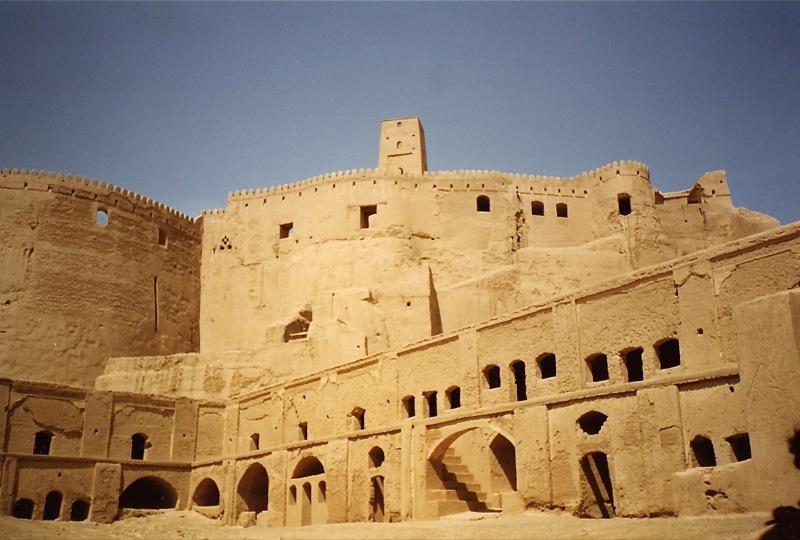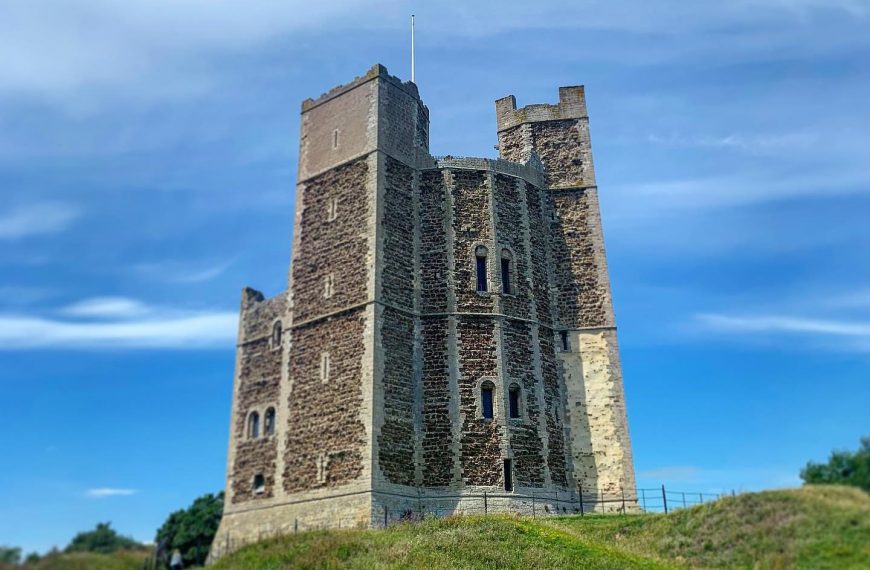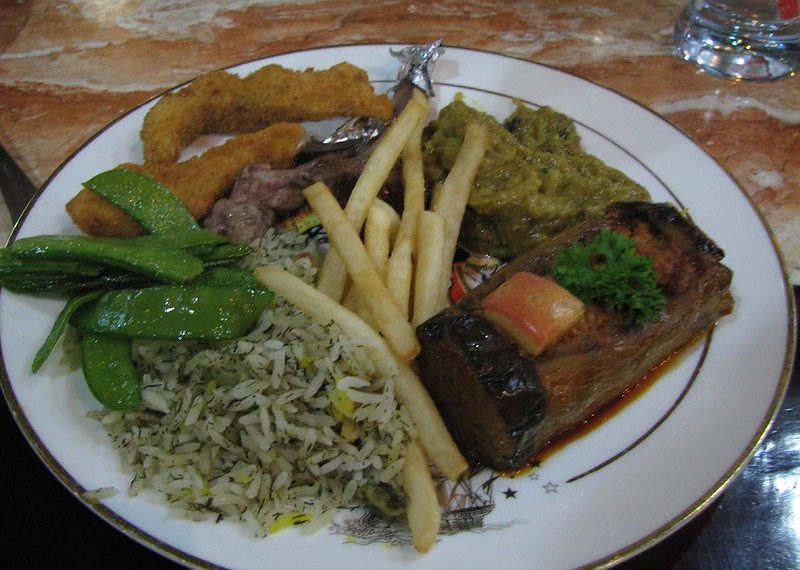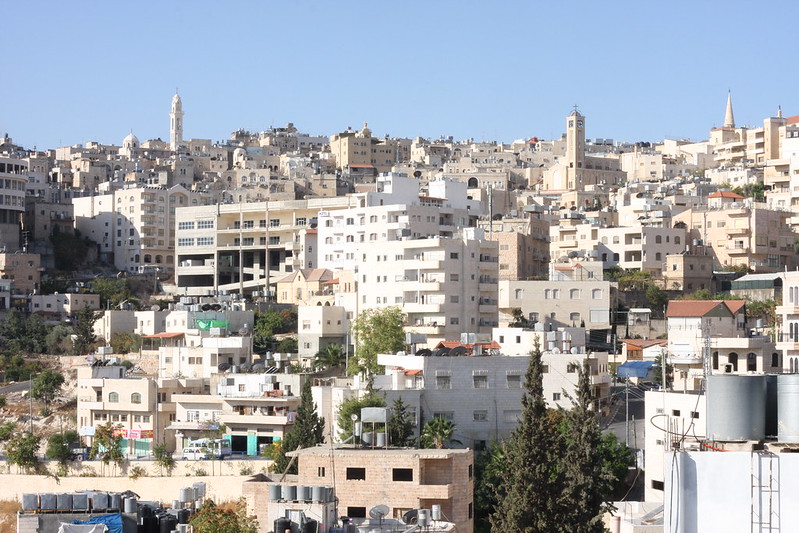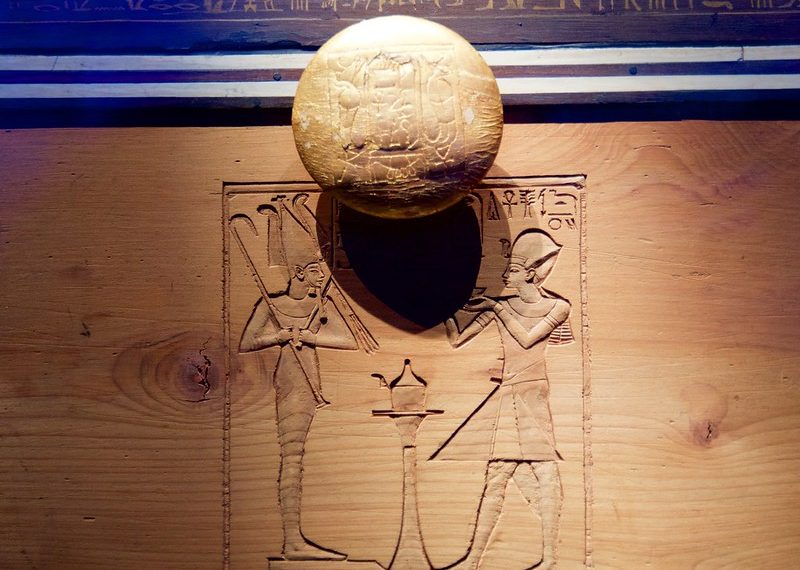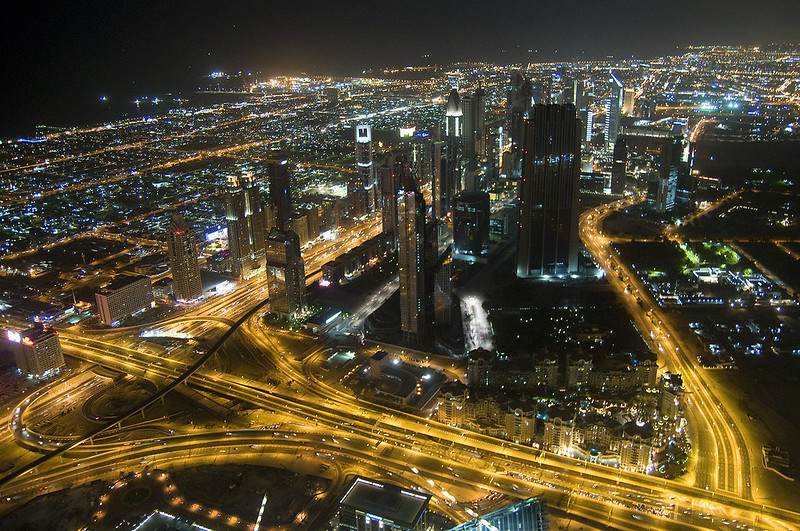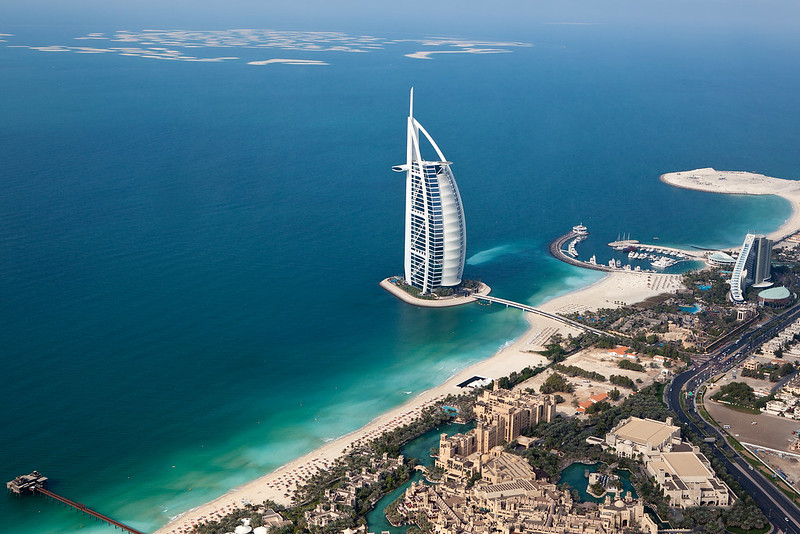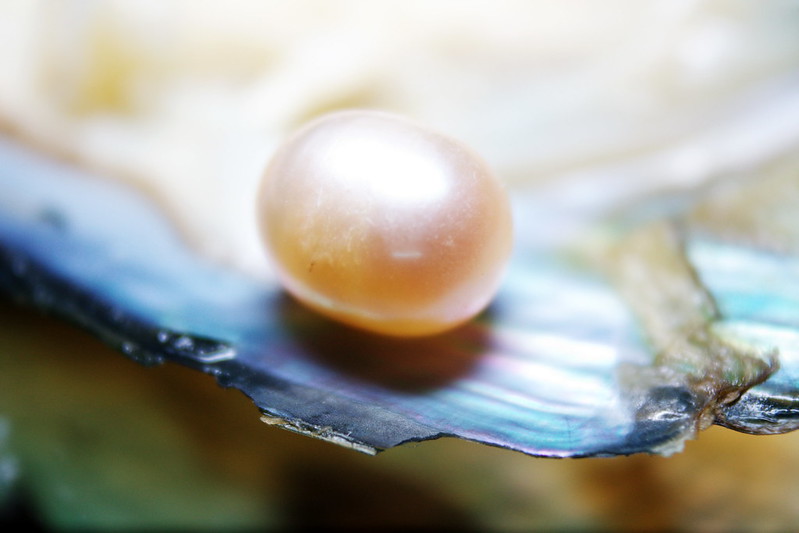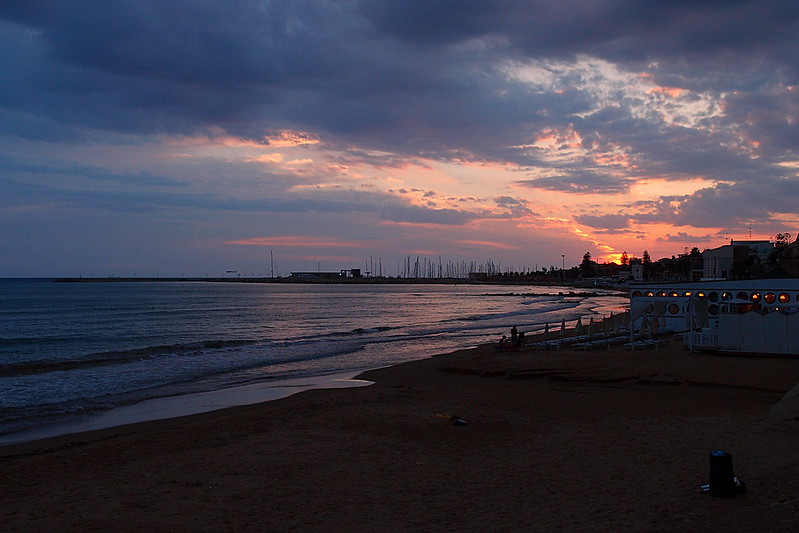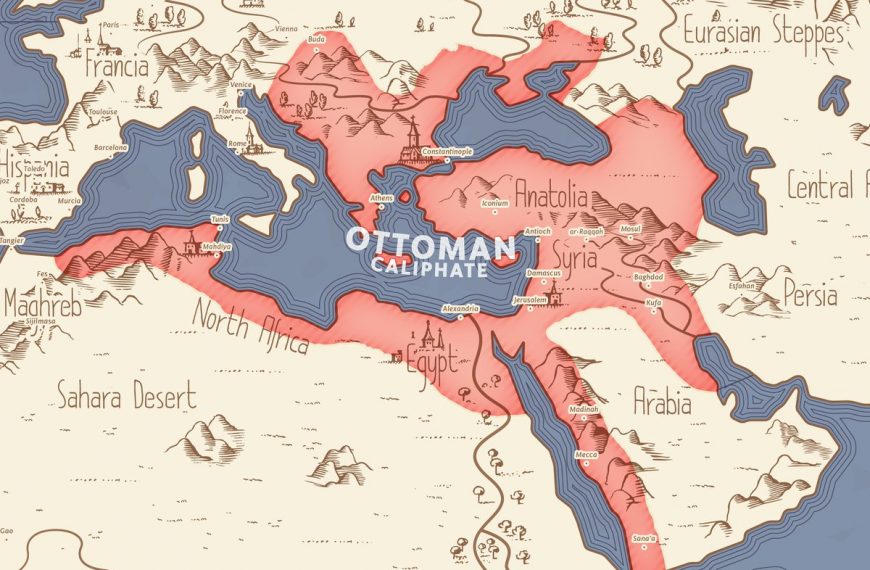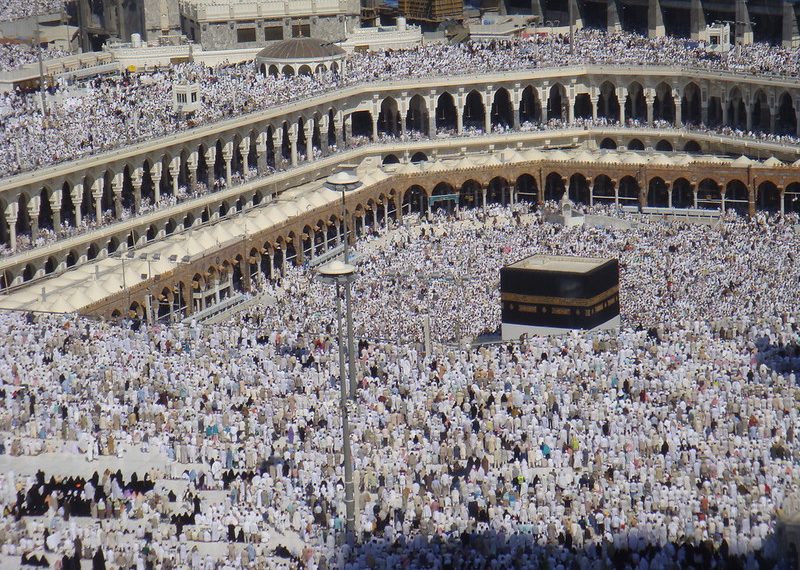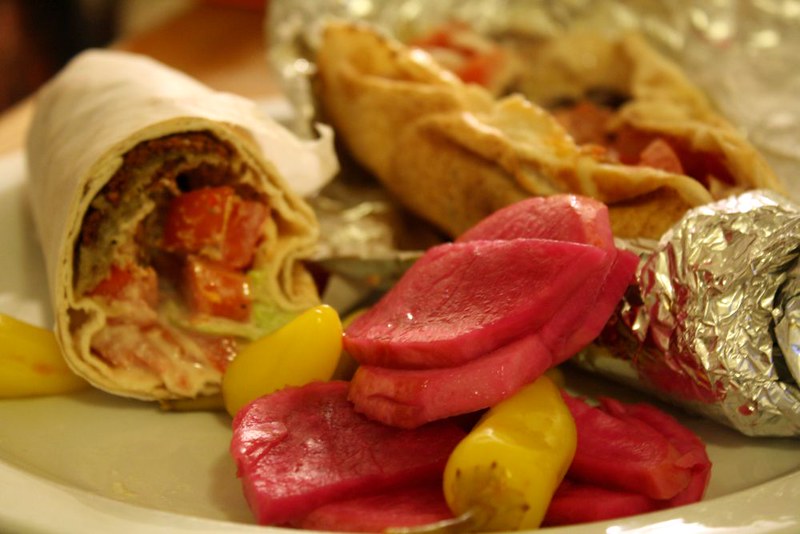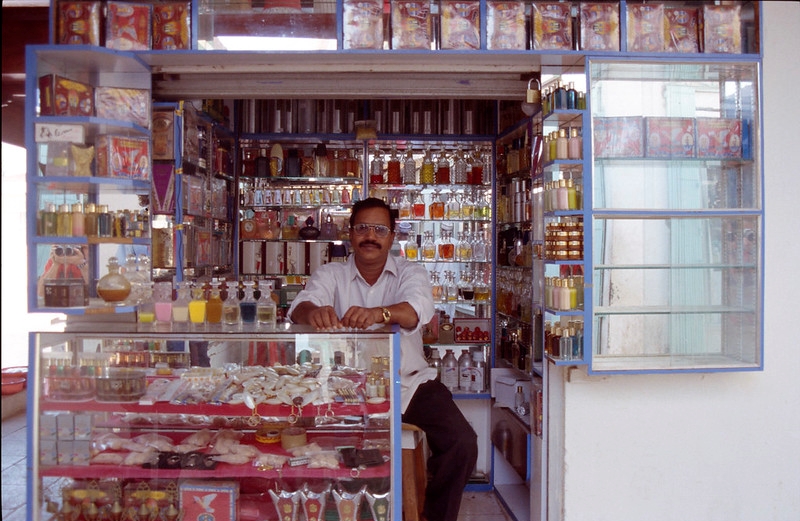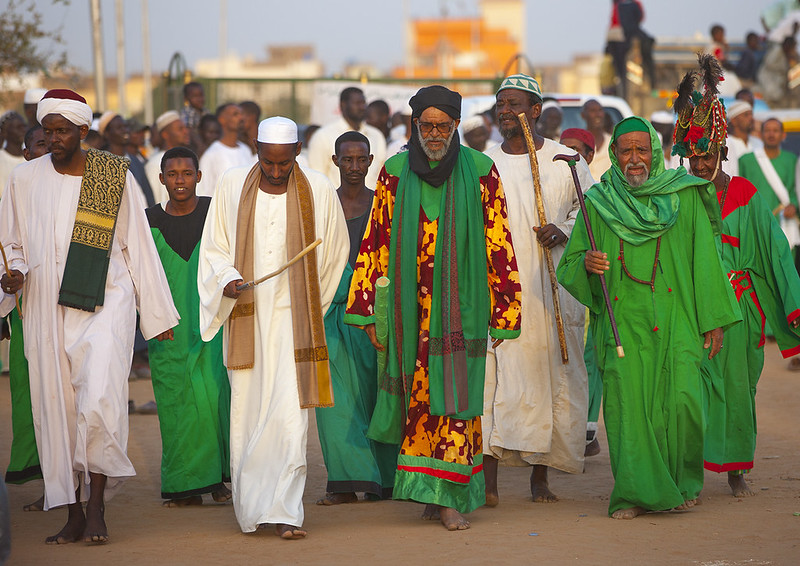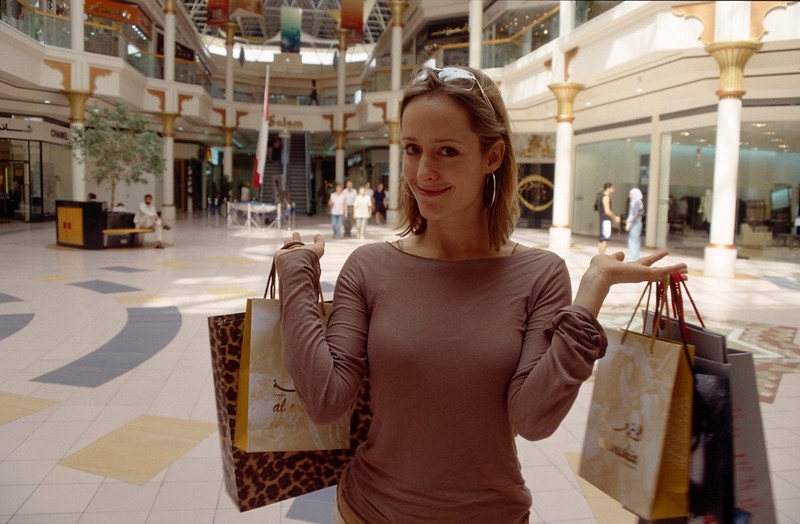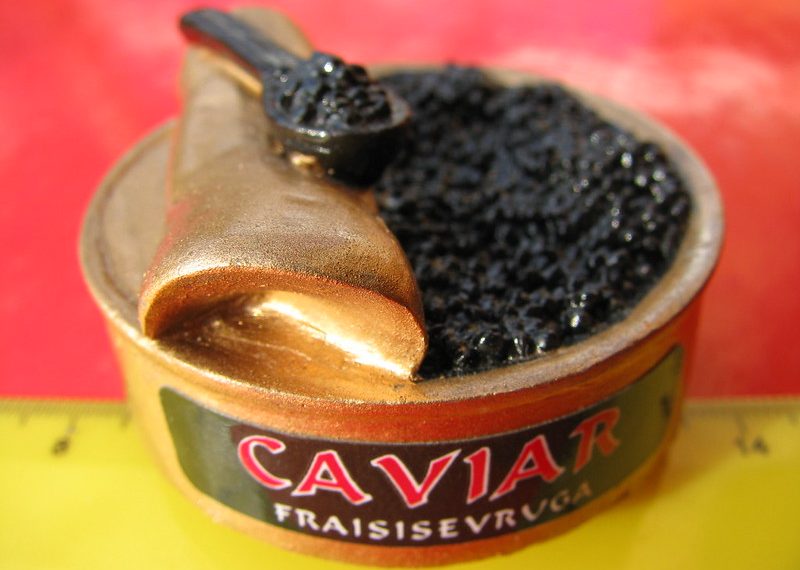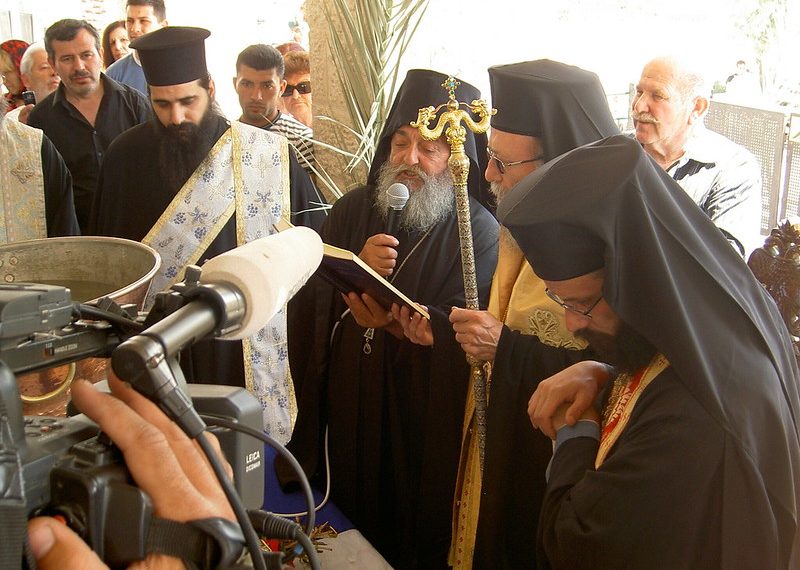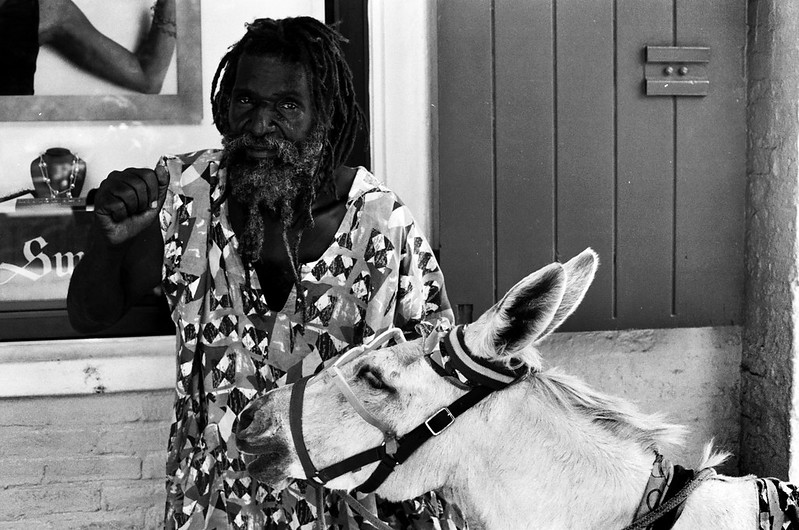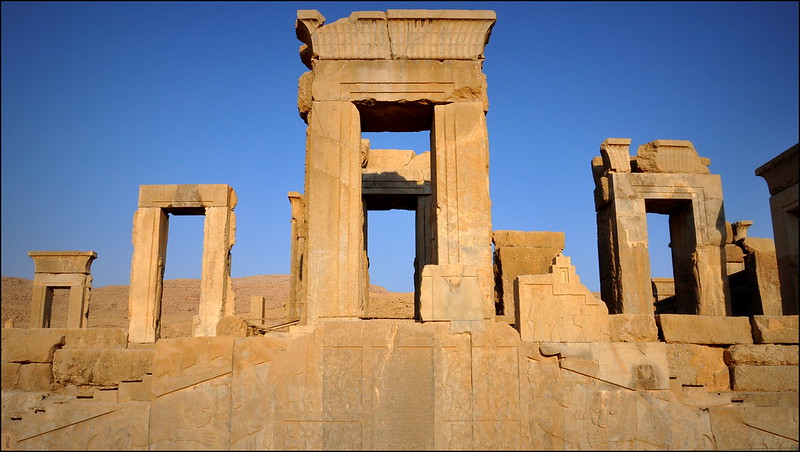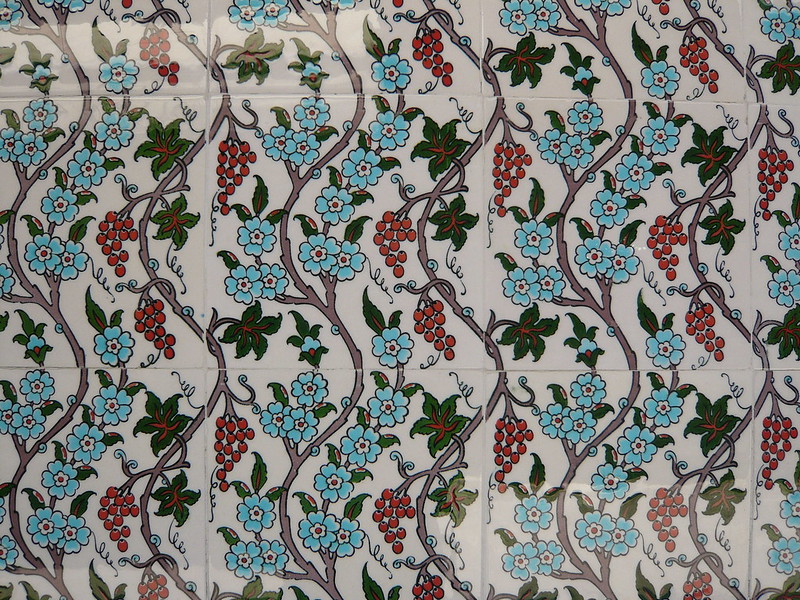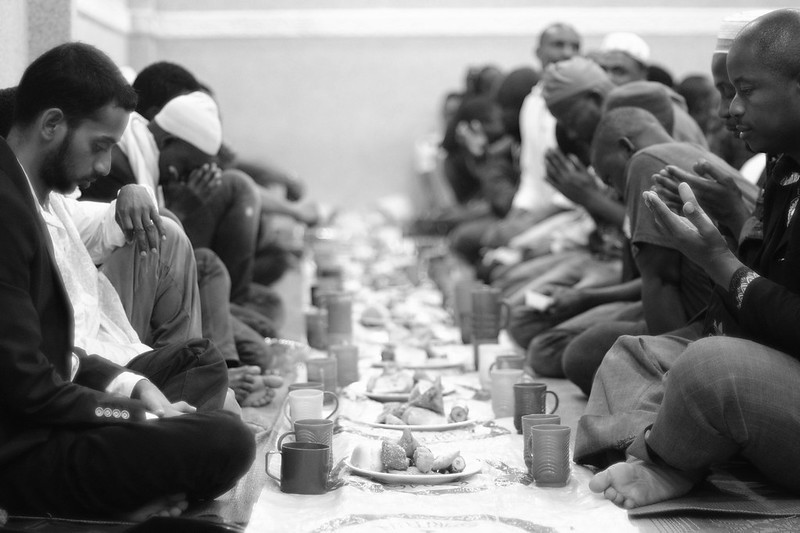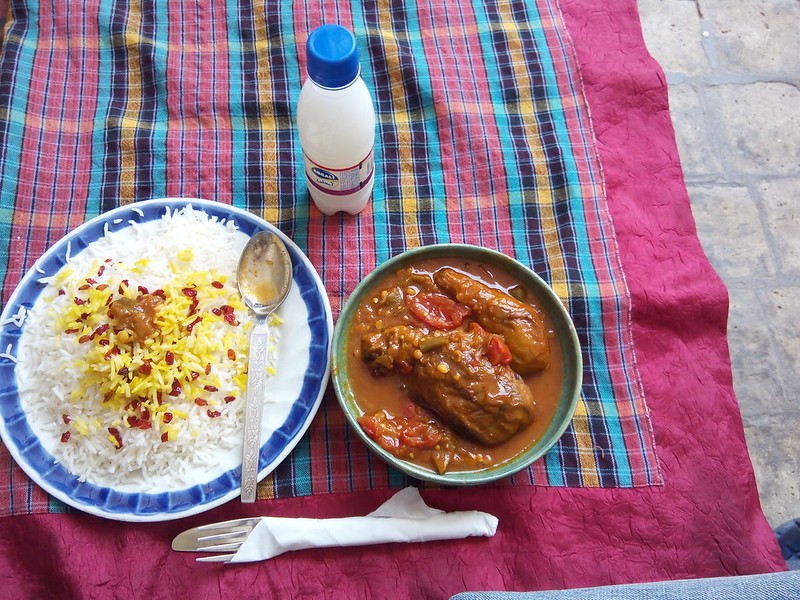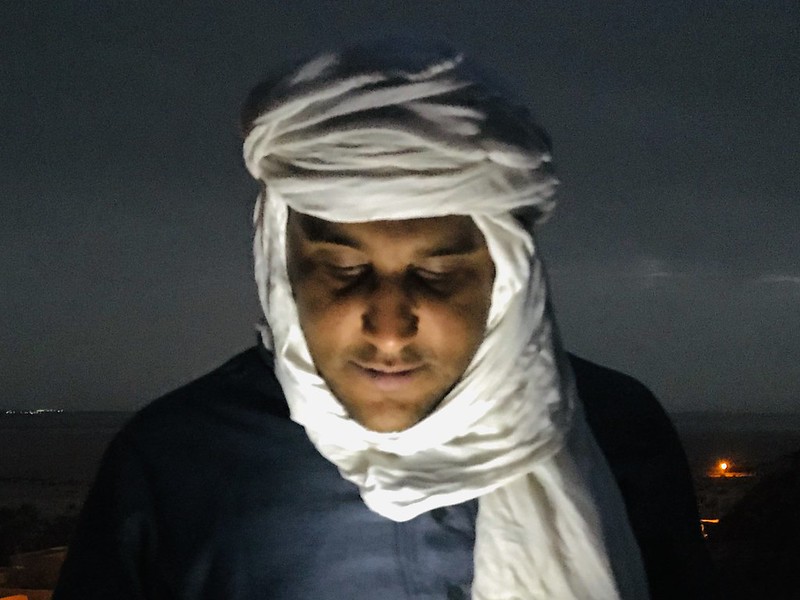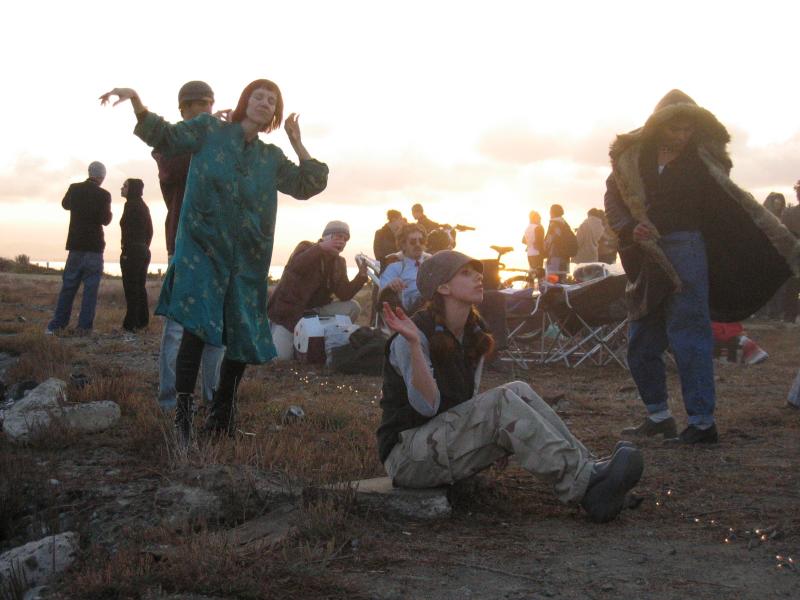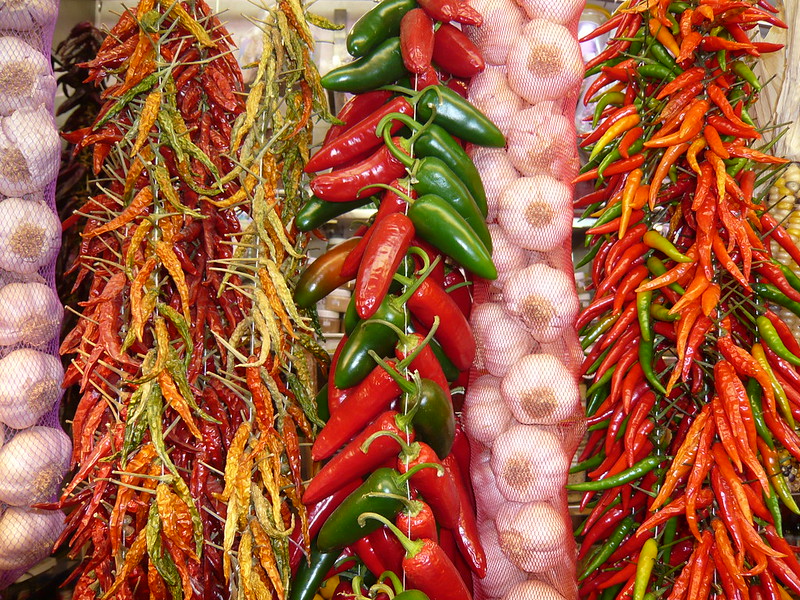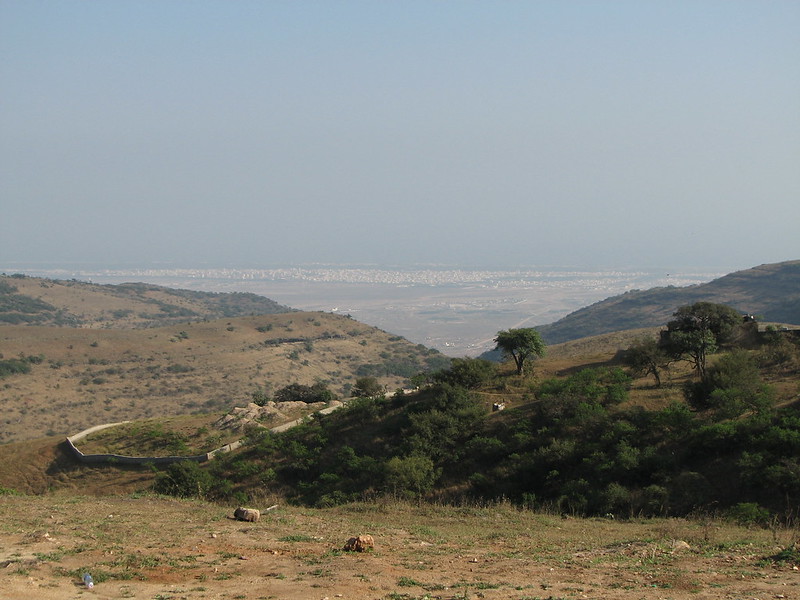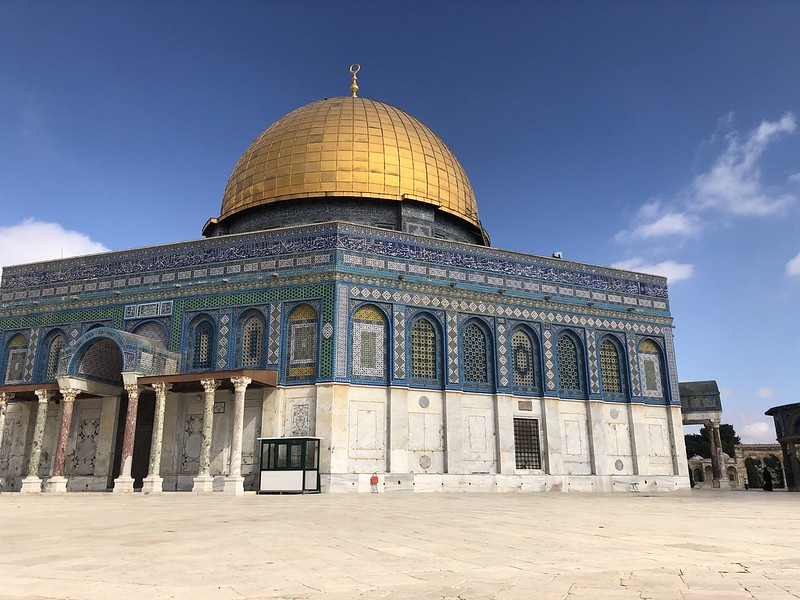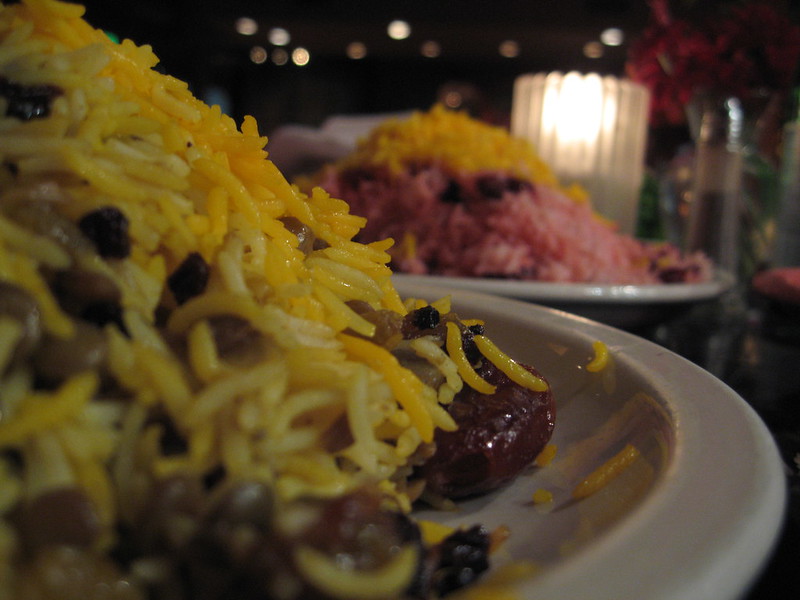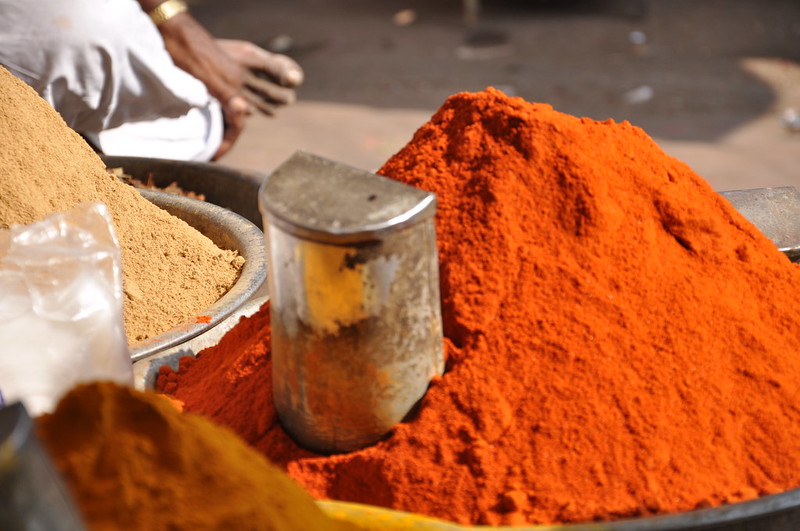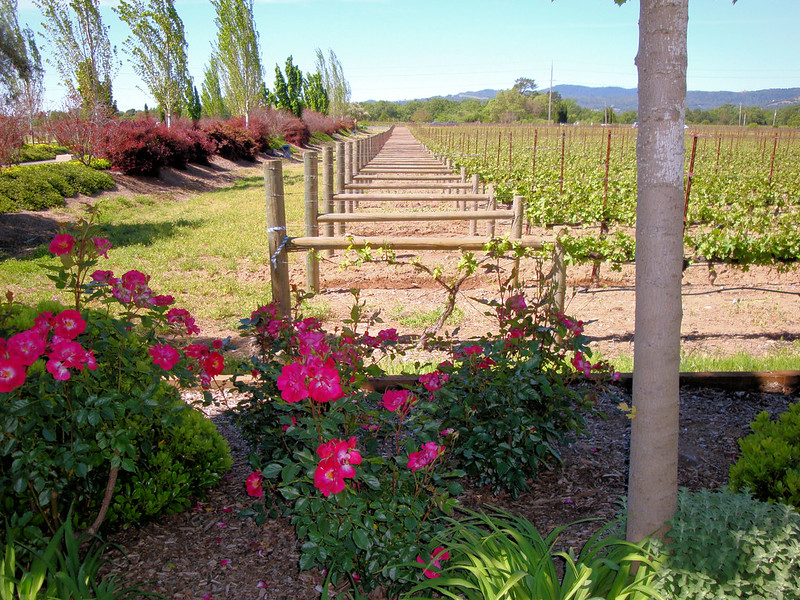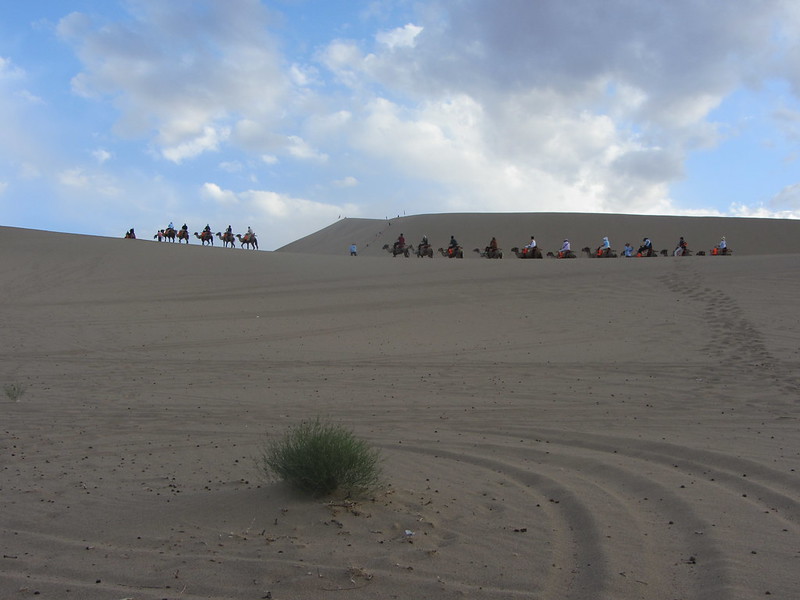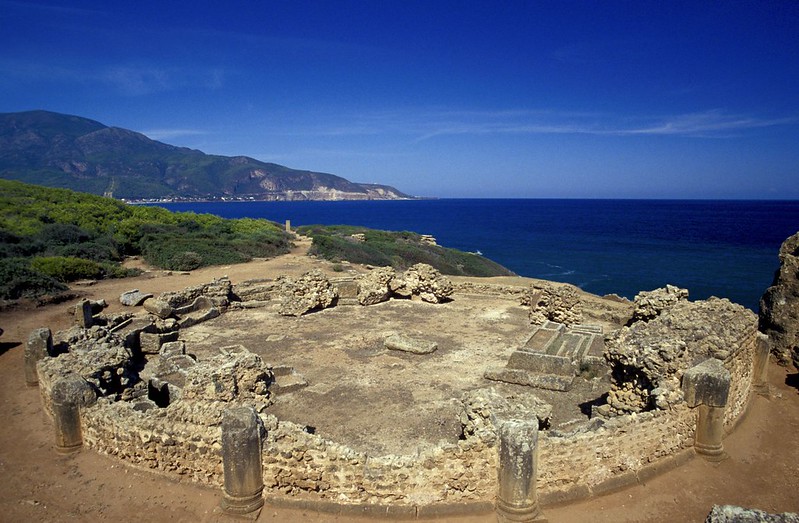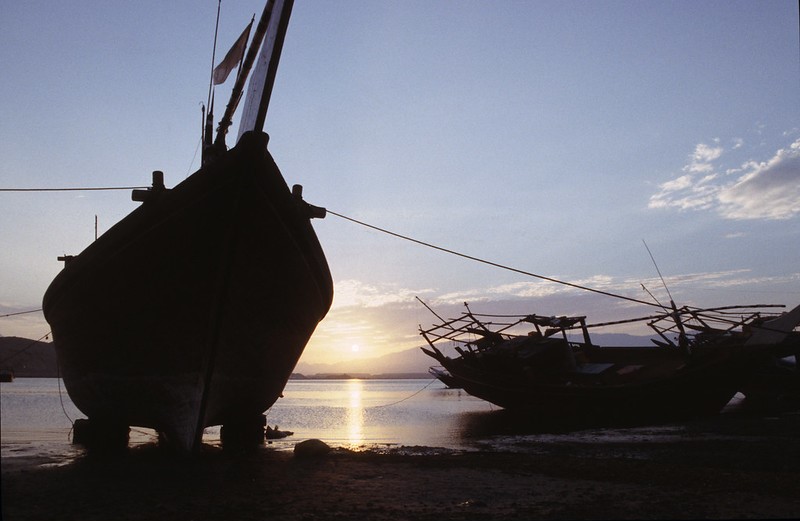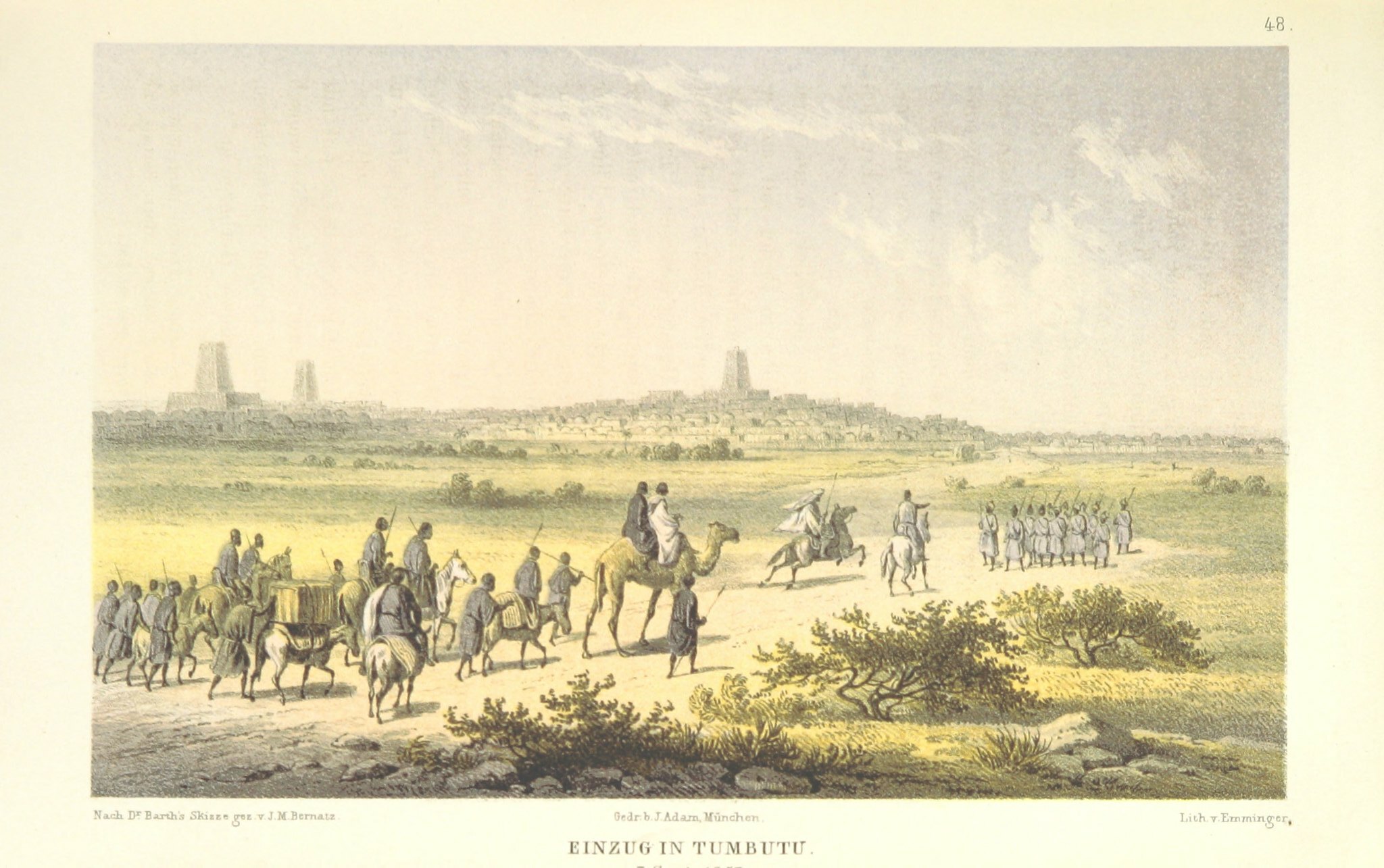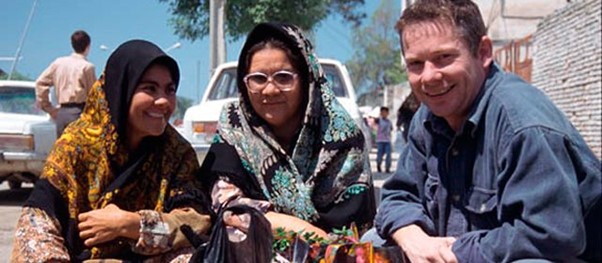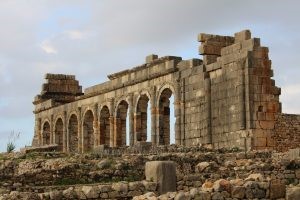People
The population of Iran is comprised of a diverse collection of peoples, this variety bolstered significantly due to the vastness of the Persian Empire. The vast majority of modern-day Iranians follow Shia Islam, with only 5% of Iranian Muslims following Sunni Islam. There are also small Jewish and Christian populations in the country today. Iranian-speaking populations are distinct in their vast internal diversity.
Iranians are known for their friendliness and hospitality, particularly towards travellers. While some regions are more conservative than others, the majority of Iranian people are highly receptive to holidaymakers.
Food
Iranian cuisine is diverse, reflecting its multicultural population. Popular spices include saffron, garlic, cinnamon and dried lime.
Fruits such as pomegranate, plums and quince are popular. Common dishes include meat-and-rice dishes, commonly known as kebabs. These are mainly derived from chicken, lamb and fish, marinated in various spices. These are not dissimilar to Kebab dishes from nearby countries.
Vegetable and meat stews are also highly popular in Iran, and are referred to as Khoresh. These stews are most commonly flavoured with pomegranate, saffron and tomato paste. Popular dishes include Koresh e bademjan (eggplant, tomato and saffron stew) and Khoresh e la (stewed meat and prunes).
Iranian meals are also commonly served with ample helpings of bread and yoghurts. Taftoon bread is similar to Lavash, but thicker and circular. Common yoghurts include Mast o Khiar, flavoured with cucumber and garlic and Mast o Moussir, flavoured with shallots.
Iranian cuisine is renowned for its distinctive sweets and desserts. The cookie has its origins in 7th Century Persia and remains a highly popular snack in the country today. Koluche is the most widely-known. Other snacks include Bamie, sweet, deep-fried doughballs, Gaz,or Persian Nougat, and Nabat Chubi, a saffron-flavoured rock candy
Currency
The official currency of Iran is the Rial.
Language
Farsi/Persian is the predominant language spoken in Iran. However, due to the country’s enormous diversity, a plethora of other languages are widely spoken across the country. These include, but are not limited to, Kurdish, Lurish, Semnani, Gilaki and Mazenderani.
Climate
Iran’s climate is notably diverse, possessing 11 out of 13 of the world’s climates. These range from arid to subtropical. Consequently, the best time to visit depends on one’s specific destination within the country. Generally speaking, however, spring and autumn are the best times to visit, with temperatures pleasant and mild.
Dress
Iran is an Islamic country, which respects the religion’s clothing laws, including the Hajib. However, these laws are not observed as strictly as in other Islamic countries, especially in regards to tourists. The strictness of the dress code in the country varies from region to region. In conservative areas such as Yazd, a more strict dress code should be observed. Rumours of colour restriction are greatly exaggerated.
Travel
Iran has several airports, which offer both domestic and international services. Of the country’s 8 international airports, the Tehran Imam Khomeini International Airport or IKIA offers the biggest variety of services.
Government subsidies have caused internal transportation within Iran to be very affordable.
There is an extensive railway network totalling 11,106 kilometres, utilised for both passenger and cargo transport, although the majority of Iranian transportation is road-based.
Iran has railway links to Azerbaijan, Turkey and Turkmenistan with further international links planned with Afghanistan, Armenia, Iraq and Pakistan.
Iran’s major cities, namely Tehran, Mashhad, Isfahan and Shiraz all posses rapid transit systems, which included both metros and buses.
Health
There are few significant health issues to be concerned about when visiting Iran, but it is still recommended to visit your health professional 4-6 weeks before travelling to see if any vaccinations are required. In the big cities, health facilities are up to a sufficient standard, with many medical workers speaking English. However, in rural areas, these facilities are poor. Health insurance is certainly required, as are the funds to cover treatment and repatriation in cases of emergency in these areas.
Visas
Visas are required for nationals of most Western countries.
Top 5 Sites
1. Persepolis, Persepolis
2. Nashqe Jahan Square, Isfahan
3. Eram Garden, Shiraz
4. Tomb of Hafez, Shiraz
5. Golestan Palace, Tehran
Top 5 Things To Do
1. Persepolis – The former capital of the Achaemid Empire remains one of the world’s most spectacular ancient ruins.
2. Tehran – One of the Middle East’s most bustling contemporary cosmopolitan centres, Tehran is crammed full of spectacular palaces and numerous museums, including the Museum of Contemporary Art, one of the finest collections of modern art in the world.
3. Hamadan – The capital of the Hamadan Province is one of the world’s oldest city. Filled with spectacular sites including mosques and ancient ruins.
4. Zoroastrian Towers of Silence – Ancient burial sites scattered across the country. The most well-known are located outside the city of Yazd.
5. Ali Sadr Cave – A vast, spectacular network of underground caves, which can only be travelled through by boat.
